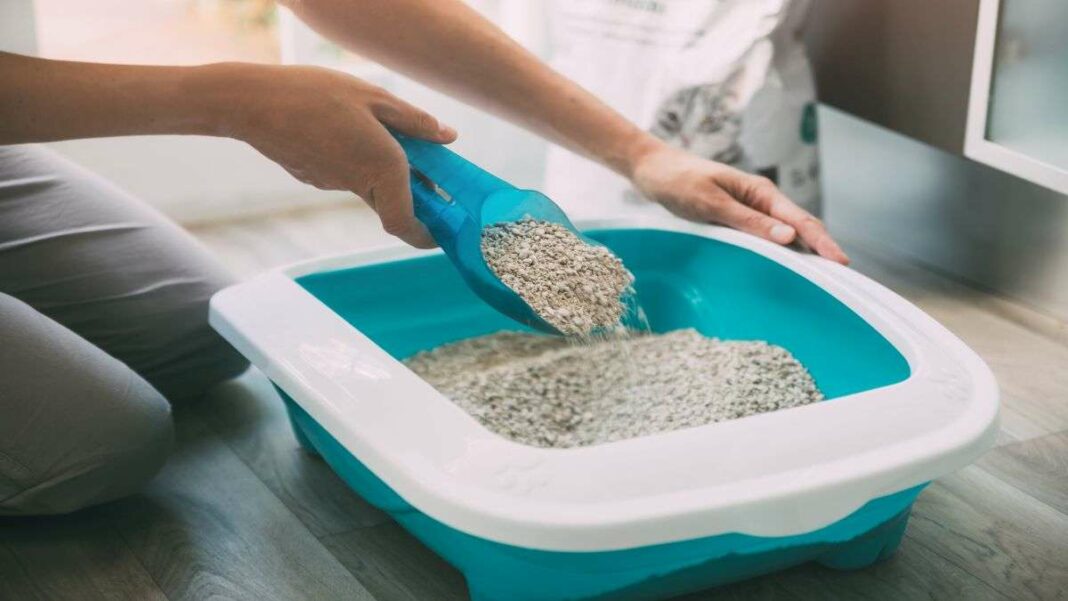Cat litter options vary between mineral-based products, like natural clay, and plant-derived alternatives, such as wood and cellulose. While mineral litter effectively clumps waste, it poses environmental concerns due to greenhouse gas emissions and non-recyclability. Misleading labels like ‘organic’ can further complicate choices. Plant-based litters may struggle with odor control and absorbency. ÖKO-TEST evaluates litter quality, recommending products with high absorbency and minimal dust. For premium cat food options, Stiftung Warentest offers guidance for nutritious selections.
Understanding Cat Litter: Mineral vs. Plant-Based Options
When it comes to cat litter, most products are derived from mineral raw materials such as natural clay or bentonite, while alternatives sourced from plants utilize materials like wood, industrial cellulose, or various plant fibers. One significant advantage of mineral litter is its ability to clump urine, making disposal easier for cat owners.
However, it’s essential to consider the environmental impact of these options. Bentonite, for instance, has a high greenhouse gas potential and a poor climate balance. Furthermore, after incineration, residues remain that must be landfilled, leaving no options for recycling mineral litter.
Beware of Misleading Labels: The Truth About ‘Organic’ Cat Litter
Many manufacturers may label their cat litter as ‘organic’ or use it as a prefix in the product name. However, this designation is not officially protected, as explained by Karen Richterich, a spokesperson for ‘ÖKO-TEST’. While clay is indeed a natural substance, its extraction process is energy-intensive and often involves mining in locations like Canada, which adds to its environmental footprint. Consumer advocates recommend being cautious about misleading labels and suggest paying close attention to the actual composition of the litter.
On the other hand, plant-based litters present their own challenges. They tend to be less absorbent and may not effectively control odors. Additionally, sourcing materials like cellulose or wood from distant locations can also contribute to environmental concerns. Therefore, it’s crucial to thoroughly evaluate product packaging and manufacturer information before making a purchase.
If you’re interested in the best options, ÖKO-TEST has evaluated various cat litters, emphasizing that an ideal product should have high absorbency, minimal dust production, and a neutral scent. Their latest test reviewed 20 different cat litter products, with half receiving favorable recommendations.
Looking for Quality Cat Food? Check Out Our Recommendations
For cat owners interested in premium nutrition, Stiftung Warentest has analyzed a range of wet and dry food options, including vegan varieties. Their findings can help you select the best food for your feline friend. The results are detailed in our article on Cat Food Test, highlighting the top-rated wet and dry food products for 2024.
Be sure to explore the best choices for your cat’s diet and litter, ensuring a happy and healthy environment for your beloved pet.
